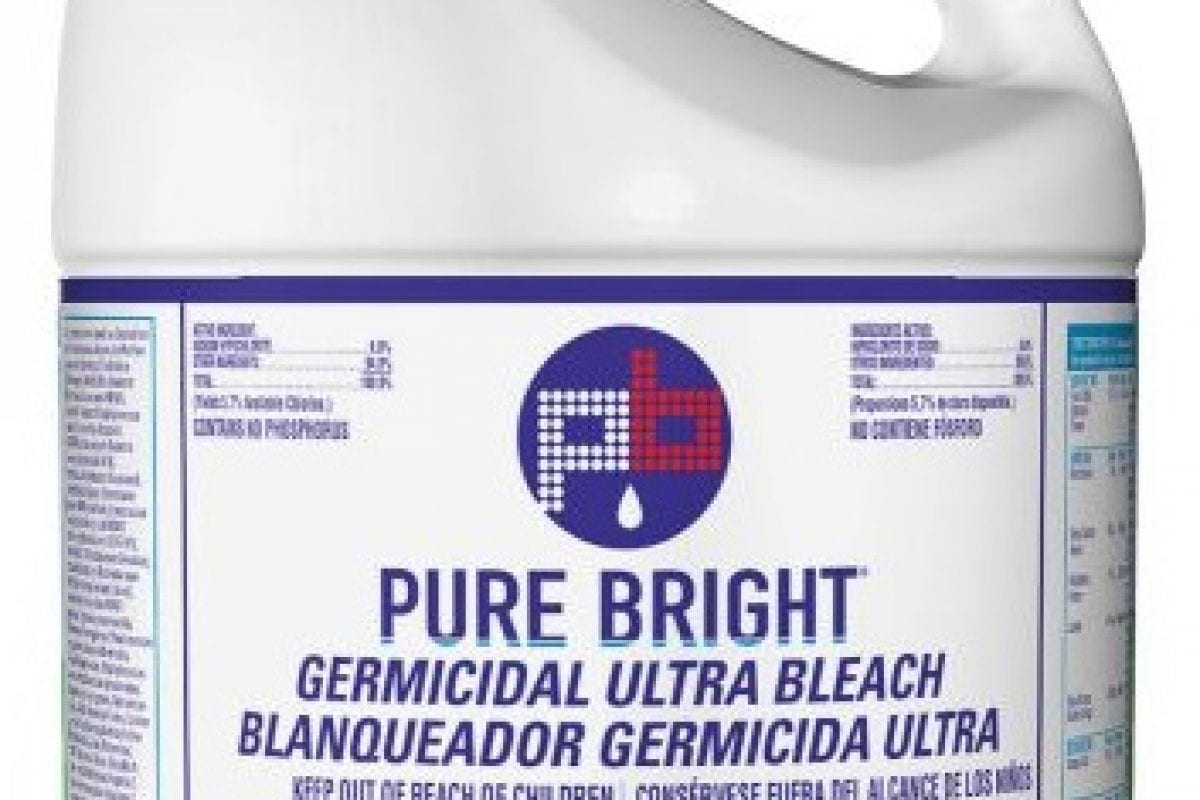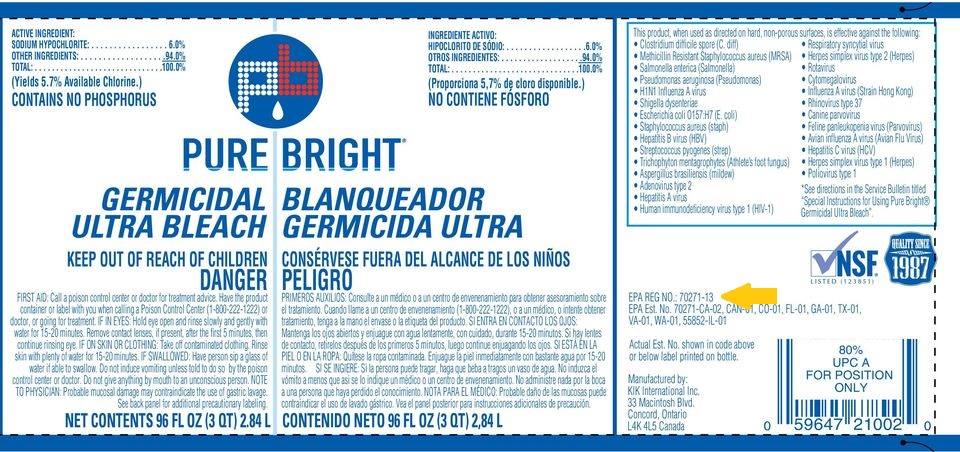Healthy Homes Guide to Cleaning and Disinfection
Products
Para la página en español, visite Productos.
EPA’s List N Tool
To help consumers navigate List N, the Environmental Protection Agency (EPA) has created a tool that allows you to search products by various attributes. Use the tool to look up a specific product by typing in the first two parts of your product’s registration number (for example, “12345-67”) into the search bar, or sort by one or more of the following variables:
- Active ingredient,
- Use site (healthcare, residential, or institutional),
- Contact time (1-30 minutes), or
- Keyword.
Using Disinfectants to Control the COVID-19 Virus
This fact sheet from the National Pesticide Information Center lists steps to use products effectively and reduce risks to you and your family. You will need to pay attention to the labels on the products, including contact or dwell time and the use site. [pdf; NPIC, 2020]
Common Household Products: Definitions and Key Messages
We have compiled some common chemical ingredients, the products typically associated with them, and key messages as a starting point in the following table. For all products you’re considering, first read the product label or look it up on EPA’s List N to make certain you can follow the directions and safety guidance specific to that product.
| Chemical Ingredient | Common Products | Key Message |
| Sodium hypochlorite | Household bleach | Bleach can have negative health effects. Follow the best practices outlined below and all label and safety information. |
| Quaternary ammonium compounds | Many non-bleach products, including Clorox disinfecting wipes | “Quats” can have negative health effects. Follow all label and safety information. |
| Isopropyl alcohol | Hand sanitizers, rubbing alcohol | These products are flammable. |
| Hydrogen peroxide | Peroxide cleaning products and antiseptics | Do not mix with vinegar. |

7 Coronavirus Cleaning Questions, Answered by an Expert
This article from Vox offers guidance and answers some common questions on how to use cleaning products practically, including advice on locating usage and safety instructions. [url; Vox, 2020]
Disinfectant Safety During the COVID-19 Pandemic
The National Pesticide Information Center (NPIC) hosts this FAQ about how to disinfect safely, including questions about exposure risks when using disinfectants and how to use them effectively.
- Webinar Recording
NPIC hosted this webinar in June 2020 to address common questions about disinfectant safety and discuss how to use EPA’s List N tool. - Signal Words
This page explains what certain words on pesticide product labels mean.
Children and Spray Bottles: A Hazard
This page provides tips for using and storing spray bottles if they’re being used for cleaning products, as well as what to do if the product comes in contact with skin or eyes. [url; National Capital Poison Center, 2012]
Can I Use Fogging, Fumigation, or Electrostatic Spraying or Drones to Help Control COVID-19?
In the answer to this question, EPA does not recommend using foggers or similar methods and devices for applying disinfectant unless the product label specifically includes disinfection directions about this kind of use. The World Health Organization (WHO) also recommends against using spraying or fogging to disinfect against COVID-19.
Disinfectant Product Label
This resource from Iowa State University explains and highlights the different sections of a sample disinfectant label, including the EPA registration number, usage guidelines, and health hazards. [pdf; CFSPH, 2018]
Disinfecting with Bleach
Note that the CDC recommends using a disinfectant from the EPA List N and only using a bleach solution when no other disinfectants are available.
This resource includes a step-by-step guide to using bleach to disinfect for COVID-19. Key things to remember when using bleach include:
Use bleach properly and follow expert recommendations:
- Select a bleach product that has an EPA registration number.
- Some brands and formulas of household bleach have not sought EPA approval. Do not use these brands and formulas as a COVID-19 disinfectant.
- Look at the concentration of the bleach on the label. Household bleach is a sodium hypochlorite solution. Concentrations of sodium hypochlorite in household bleach generally range from 2% to 10%. (CDC guidance recommends using unscented 5%-6% bleach.) The concentration will determine how much you dilute it.
- For disinfection, bleach should be diluted with warm water to a concentration below 1%. The exact ratio of bleach to water for disinfection will be specified on the product label. This resource includes a helpful guide to dilution ratios according to the concentration of the bleach, in both teaspoons and milliliters.
- Because COVID-19 is a new virus, it is not listed on most product labels. EPA’s List N provides the name of another similar virus which is on the label. To properly prepare and apply the product, the user should follow the directions on the label to disinfect that comparable virus.
- When possible, avoid using fragrant products as added fragrance can further irritate respiratory conditions like asthma.
- Pay attention to the expiration date on the bottle. Bleach expires after one year. Don’t keep bleach in direct sunlight; this will make it less effective.
- Follow the label directions about how long to keep the bleach in contact with the surface.
- Dilute the bleach when disposing of it.
Use with caution and protect against health risks:
- Always wear eye protection and gloves when using products that contain bleach and ventilate the area by opening a nearby window.
- We strongly recommend spreading a bleach product or solution with a sponge, wipe, or cloth and not spraying the product. If you must use a spray bleach product, keep it to as small a surface area as possible and be extra careful to ventilate the area.
- Do not apply bleach near children or people with asthma or other respiratory health issues.
- Household bleach is corrosive, especially to metal surfaces.
- Bleach can create toxic gas when mixed with other chemicals – never mix bleach with other products.
- Keep undiluted bleach in its original container, clearly marked, and out of the reach of children.
- If the bleach has been diluted, remember to rinse the storage container thoroughly after use, especially if there is a possibility that the container may be used to store other liquids.
- Diluted bleach should not be mixed or stored in its original container. Once mixed with water, bleach loses its effectiveness relatively quickly. Do not store mixed diluted bleach for more than 24 hours.

Case Study: Using a Bleach Product
Here’s a step-by-step guide to following the label on a bleach product.

*This product was chosen as an example and does not represent an endorsement.



